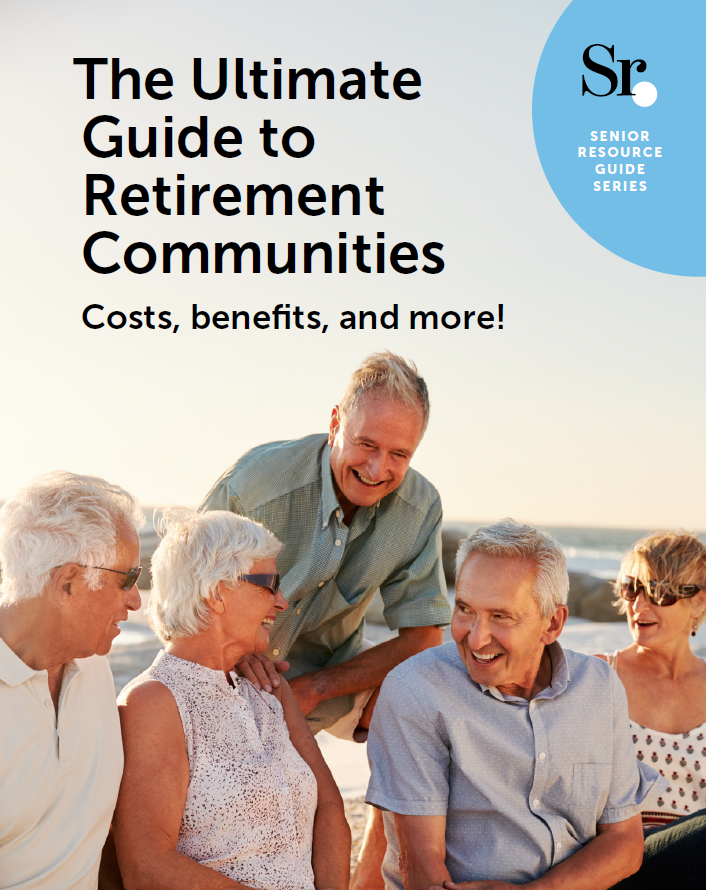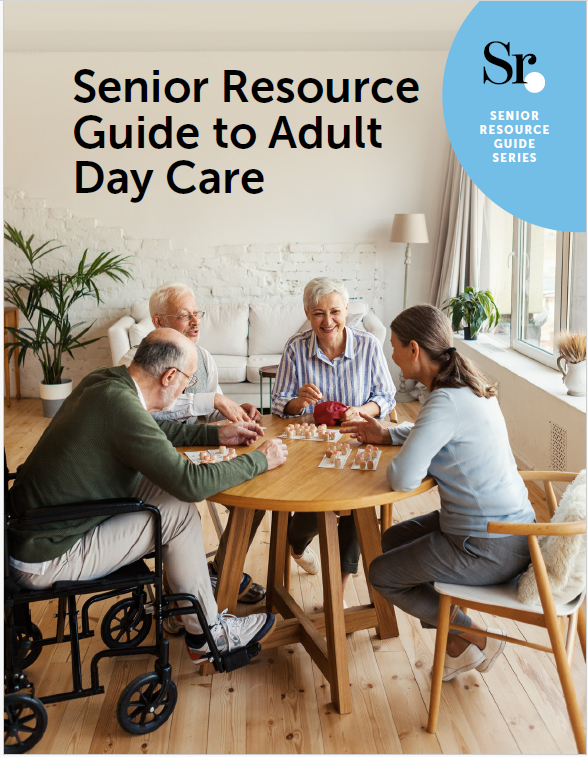Retirement Communities: The Difference Between Active Adult & Independent Living
Retirement communities offer 55+ adults economic housing that caters to active, independent lifestyles. Often age-restricted, these neighborhoods are favorable to retirees who do not require constant medical attention or personal care assistance. Homes are low-maintenance and senior-friendly.
Two of the most popular types of retirement communities are active adult and independent living. Sometimes referred to interchangeably, both offer security and a variety of amenities and services, as well as a sense of community amongst new friends and neighbors of a certain age.
So, what are the differences? Here are the top three:

Retirement communities are each structured differently.
An active adult structure is closer to that of what you probably envision when hearing the phrase “retirement community.” It generally features traditional single-family homes, condos, or townhouses. One-floor or ranch-style are pretty common. Communities are usually gated and located within close driving distance to shopping, dining, and other attractions. Residents can enjoy as much or as little social activity and leisure as they want. It’s geared toward those who like to get out and do things.
Related: Advantages Of Retiring In An Active Adult Community
Independent living more often features units such as apartments or studios within a larger facility for residents to rent. There is maintenance staff and possibly even housekeeping services for those who want it. Though independent living also offers amenities and social opportunities, it is most attractive for those who just don’t want to spend their retirement doing household chores.
Availability of on-site health care differs between these two retirement communities.
In an active adult community, you should not expect any on-site medical care. This type of community is for seniors who are able to care for themselves. However, many developments will feature provisions for life’s “what-ifs?” You could expect to see homes equipped with extra fire safety hardware (like fire extinguishers or sprinklers) and even medical emergency alert systems.
Independent living communities will often employ staff trained in first aid and CPR. Additionally, some may even have PCAs or nurses that make house calls.
Keep in mind, every community is different. If you have specific needs or wants related to health care availability, just ask!
Cost.
The price of active adult and independent living communities will vary. The cost is largely dependent on things like location, available amenities, and services. But, the national average is around $2,500 per month.
Both types of senior living may charge entry fees (that may or may not be refundable, subject to terms). Also common in both are homeowner association fees that cover the costs of things like maintenance or lawn care. However, active adult communities most often charge these fees (and they notoriously come with lots of rules).
When you’re ready to choose a community…
Start searching for the retirement community of your dreams here!
And then, check out these other resources for more help:
Popular Articles About Active Adult Community
Originally published March 10, 2022







